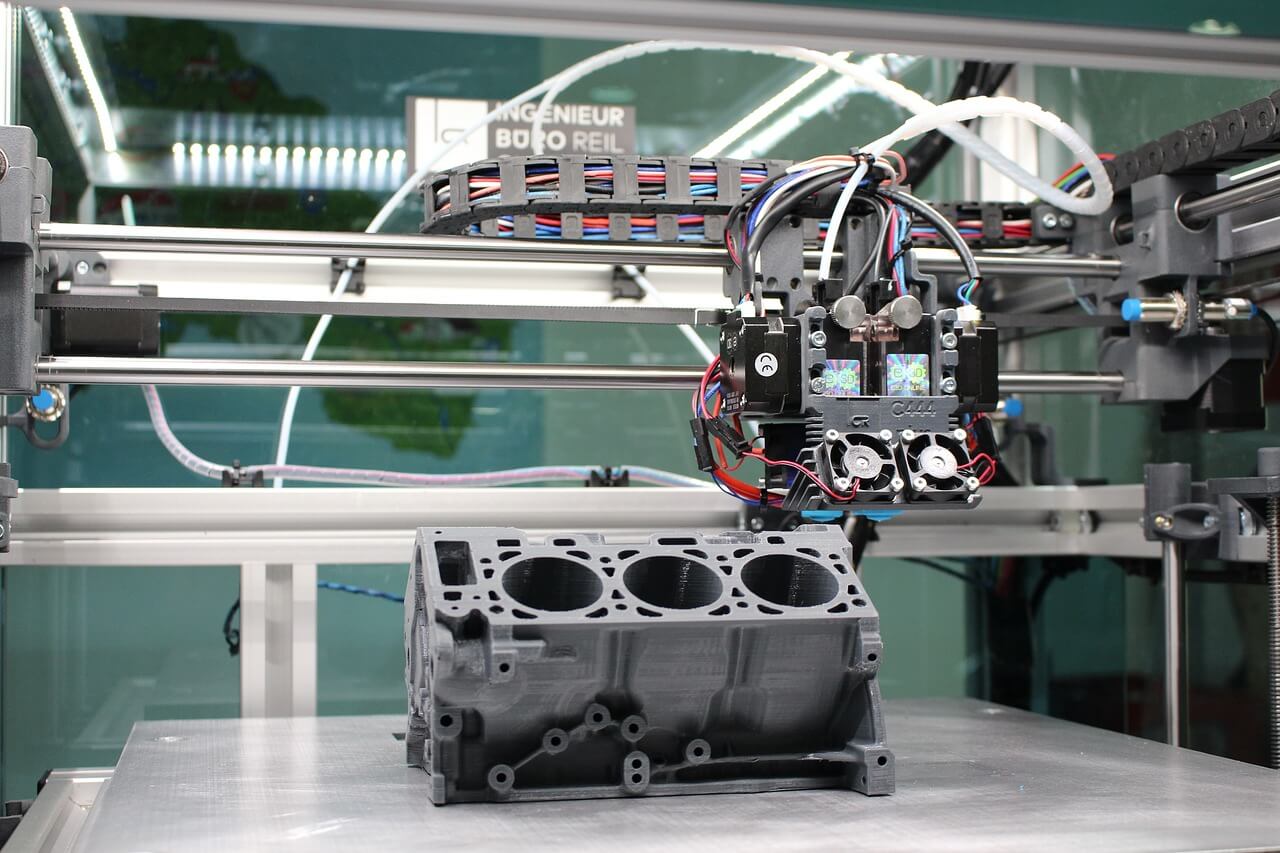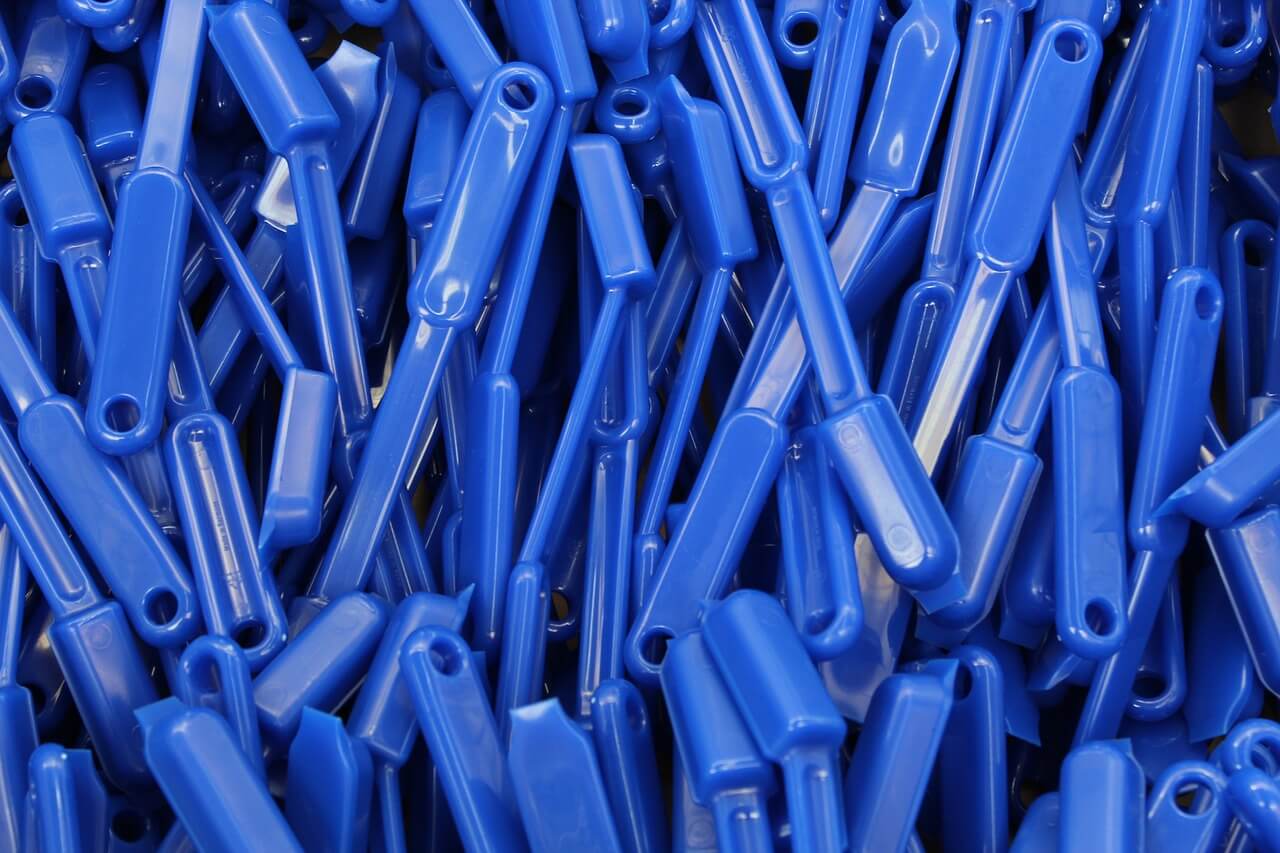
Once you know how to produce plastic, you can improve the way you fabricate it. With more practice, your finished products will become more exact and precise from the beginning. It helps to have a few fabrication tips under your belt, though. They can show you a new way to do things or solve an issue that keeps your plastic pieces from being flawless. Learn from the experts at Polymershapes. We have a few industry secrets that focus on how to make plastic products that are perfectly formed.
Think About the Flow
The most important thing to remember about how to produce plastic is that the plastic is the important part. The plastic you use will affect every other decision in the fabrication process. That’s primarily due to the behavior of different plastics. Amorphous plastics don’t shrink as much during fabrication because they’re not as free-flowing as other types of plastics. Plastics that are fully or semi-crystalline (most of your traditional plastics), however, are more free-flowing, but at the same time, they tend to have a higher rate of shrinkage. Always think about how your resin shrinks and at what temperature, as well as the recommendations for the perfect rate of melt flow.
No Stress
It’s no secret that plastics will shrink at least a bit as they cool. You can work around that in your CAD mock-up, as we’ll discuss shortly. Stress is a bigger issue. A fabricated part with stress that’s been molded into it can warp. A warped part is no good to anyone. It wastes plastic, it wastes the fabricator’s time and resources, and it wastes the client’s time. Because stress can occur from problems with the flow rate, gate location, temperature, pressure, or the venting process, an essential fabrication tip is to make sure you double-check everything before you begin.
Precise Standards
Ensuring that you’re machining to precise standards is vital in understanding how to produce plastic. Use your CAD program to help you figure out how to make plastic products with exact standards. One tip is to upsize any cavities in the design to account for shrinkage. In general, it’s best to design larger cavities than what is necessary in the finished piece. Since, again, most plastics tend to shrink as their temperatures drop after the fabrication process, you need to allow for shrinkage before it occurs. That will keep the finished part from being too small or getting warped. It helps to think about the specs of the resin you’re using, too, particularly its melting point, the way it flows, and how long it typically takes to cool.
Use these tips to learn how to produce plastic parts and pieces that are perfectly sized from the get-go. You can also reach out to Polymershapes to share your product specifications and receive advice.





